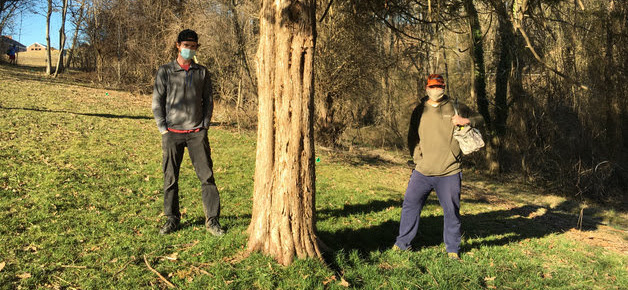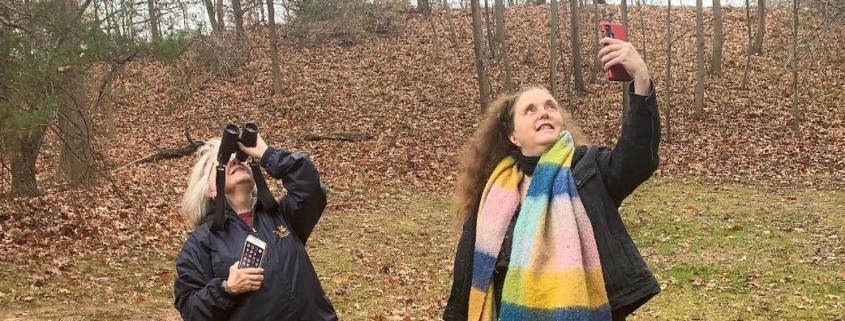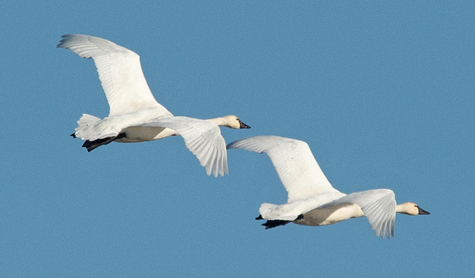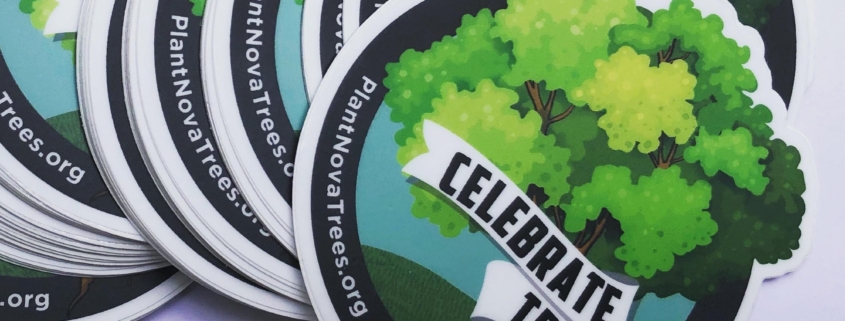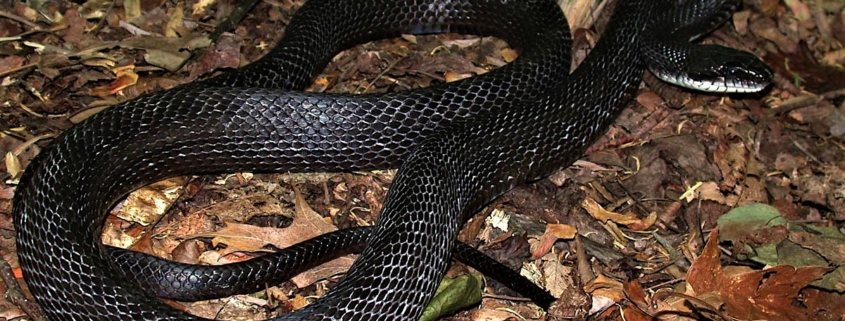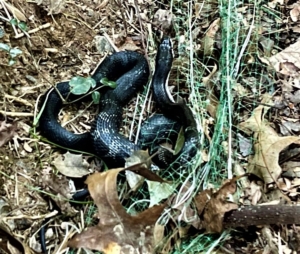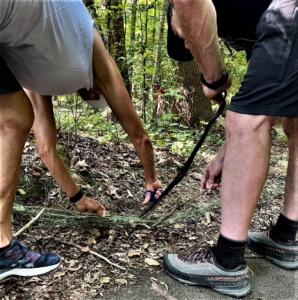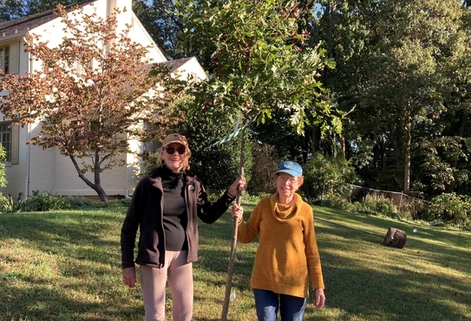Party Time on the Disc Golf Course
Photo courtesy of Plant NOVA Natives
We don’t usually associate the native plant movement or a tree campaign with sports, but players at the Giles Run Disc Golf Course see it as a natural connection. Their course, about a third the size of a regular golf course, was created in 2008-2009 by the Fairfax County Park Authority on land that was formerly mowed grass around the Lorton Prison. Unfortunately, disturbed land with a lot of edge habitat is an invitation to invasive non-natives plants to move in, and move in they did with a vengeance after the prison closed in 2000. The Oriental Bittersweet vine has been particularly problematic, turning the areas next to the fairways into a tangled mess and swallowing up the native trees and shrubs as well as the players’ discs.
Most people would probably just expect someone else to fix the problem, but disc golfers turn out to be a different sort. Organizers Tommy Donelson and Kemper Pogue started recruiting players to participate in invasive removal parties, complete with music from a portable speaker. Forty or fifty club members have joined in this fun and free way to build upper body strength, clearing out large swathes of invasives. They have also recruited other volunteers to help, starting the sessions with half an hour of education before tackling the job. Altogether, they have been putting in a hundred hours in nine sessions every month, year round.
Oriental Bittersweet is a particularly troublesome plant when taken out of its native habitat in East Asia and imported elsewhere, as it was for its pretty red and yellow berries which are used for decorations. It twines around trees, strangling them and bringing them down. It curls itself into impenetrable thickets. When cut down, it simply regrows stems that can reach high up into trees to latch onto the branches and keep going up from there. Eliminating it requires either pulling it up by its roots, some of which can be several inches thick, or using herbicides.
It did not take long for the disc golfers to understand that the invasives issue on their course is just one example of a much greater threat to our ecosystem in Fairfax County and the world in general. They are planning to eventually replant with native plants and have been spreading the word about how important it is for residents to take out invasive ornamentals from their own yards and use more natives to support the struggling ecosystem. Information about garden-friendly native plants can be found on the Plant NOVA Natives website. Meanwhile, they would be happy to invite others to their work parties. They can be contacted at [email protected]. There are plenty of opportunities in other parks as well to help with invasive removal. Cold weather (within reason) is no obstacle, since this is warm work.


